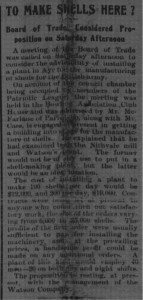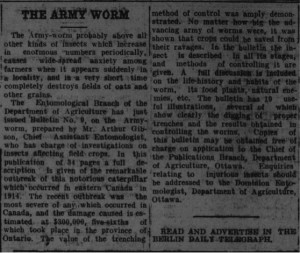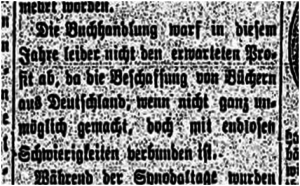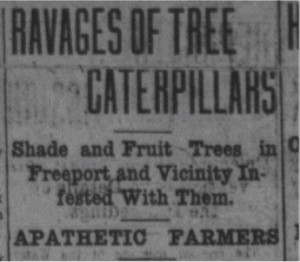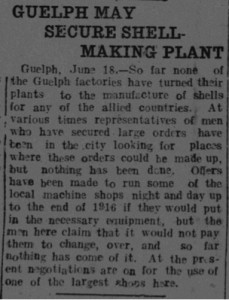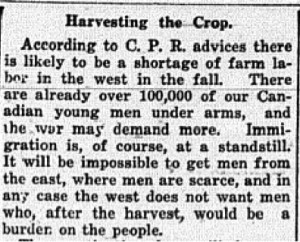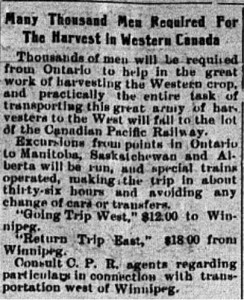Although Canada’s Imperial Munitions Board was not formed until later in 1915, munitions manufacturing was still a booming business in Canada throughout 1915 as demand for shells and ammunition soared. Throughout late spring and early summer, several communities in the Waterloo Region contemplated the possibility of munitions manufacturing.
One of the earliest to do so was Ayr, whose local board of trade considered the possibility of manufacturing shells. It was proposed that the John Watson Manufacturing Company, a company which had previously made agricultural tools, repurpose its local plant to manufacture high explosive shells.
At the time, munitions contracts were given to any firm which could reliably manufacture munitions to accepted standards. While the initial investment would be steep (at least $12,000), proponents of the idea argued that, with the near guarantee of a contract and the current margins on shell manufacturing, installation costs would be offset by the first order of shells.
(“To Make Shells Here?” Ayr News, 20 May 1915.)
